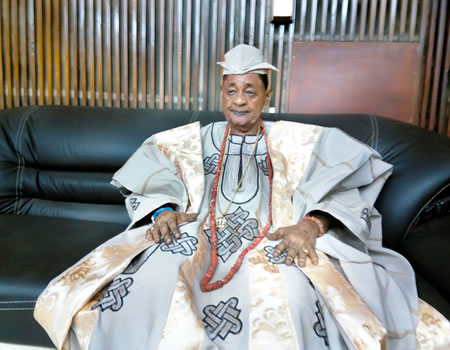
History, unlike a deciduous tree that flourishes and withers within a season is dynamic. This assertion speaks volume of the exploits and dynamism of history and circumstance that befell the Old Oyo Empire—a small kingdom to become a massive empire by the 17th Century.
Oyo Empire, during its height, dominated all other Yoruba kingdoms namely, lfe, Ekiti, Ijesa, Ijebu, Egba, Ondo, Sabe, Owu and stretched beyond llorin, and Ofa into lgbomina in the North, Egbado in the South West, River Ogun in the South, Osun and Dahomey in the East and West, respectively. It thus gained its popularity and ascendancy through many war exploits, large territorial occupation, political stability and fully blown trading activities.
ALSO READ: The biggest Nigeria publisher NAIJ.com upgrades to Legit.ng
The empire reigned for many glorious years before it was brought to its knees in 1835 when the forces defending the empire lost in the celebrated Eleduwa war during the reign of Alaafin Oluewu. It is interesting to note that Oyo Empire, during the height of its reign and its final collapse, left behind indelible legacies which include imperishable aspects of the Yoruba culture and tradition, pungent Yoruba language, sonorous drumming, the cognomen, panegyric and good method of house building worthy of emulation across West African countries.
Unlike some empires which fell and withered and finally went into historical oblivion, it is interesting to note that the Old Oyo Empire, in spite of its final collapse in 1835, rose from its ashes and was rebuilt to modern state by Alaafin Atiba Olukuewu, one of the children of Alaafin Abiodun Adegoolu (1774-1789), whose era put an end to the highhandedness and overbearing power and influence of the notorious Basorun Gaa, the then head of Oyo Mesi in Council.
The subsequent Alaafins who reigned after his demise namely Alaafin Adelu (1859-1875), Alaafin Adeyemi I (1876-1905), Alaafin Lawani (1905-1911), Alaafin Oladigbolu (1911-1944), Alaafin Adeniran Adeyemi II (1945-1956), Alaafin Bello Gbadegesin Oladigbolu II (1956-1968) were also said to have performed creditably well during their respective era by building upon and sustaining the good legacies left behind by Alaafin Atiba. The emergent occupier of the enviable throne, His Imperial Majesty, Oba Lamidi Olayiwola Adeyemi III has no doubt depicted the pre-colonial era when obas were feared and highly respected as the next in rank to Olodumare— the creator of organic and inorganic beings. That was the glorious era when obas were held in awe, glamour, splendor, sublimity and with full obeisance to the sacred institutions they represented. Oba Adeyemi has used the occasion of his installation in 1971, up to date, to blend both the system of life of the old and the new era by harnessing his power, knowledge of education and influence to promote Yoruba culture and tradition to the world at large. Happy 80th birthday to the quintessential traditional ruler.
Sayo Alagbe, Ogbomoso.





